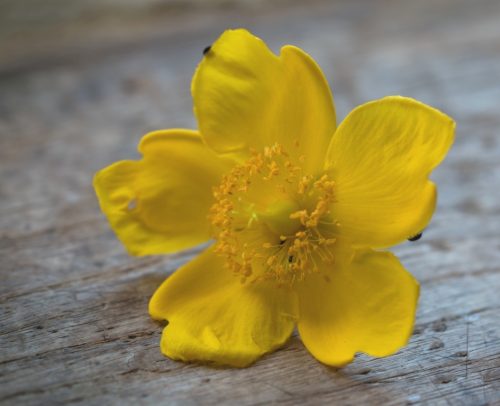This site only describes biological pesticides for ornamental and vegetable gardens; non-biological and industrial crop protection methods (agriculture) are not taken into account.
With a healthy soil (so a lot of soil life) diseases and fungi stay away (so ensure good acidity, sufficient organic matter, good structure, etc.). Many diseases can also be prevented with antagonistic micro-organisms that suppress the harmful bacteria/fungus.
Antagonists
In the biological control of plant diseases, use is made of antagonists: fungi or bacteria that are used to prevent infection by pathogenic bacteria and fungi. Antagonists colonize plants, which means that disease-causing organisms no longer have a hold on these plants.
You will find both the classic and biological pesticides in the Plants and Pests overview (Control/prevention) .
Pesticides are used to protect crops against damage, diseases and fungi. That is why pesticides are also called plant protection products. There are significant drawbacks to chemical pesticides: in addition to killing the weeds, pests and fungi to be controlled, other organisms are also unintentionally poisoned. In addition, many chemical pesticides are poorly degradable and pollute the environment. Especially if the substances are spread by wind and water to places where they can cause damage, such as in Water Catchment Areas (Watersheds).
Chemical pesticides (biocides) can be divided into:
- Herbicides control weeds
- Fungicides kill fungi
- Insecticides kill insects (cockroaches, beetles, lice, ants, mosquitoes and flies)
- Nematicides control soil nema
todes and – depending on the type of nematicide – also aphids - Rodenticides protect plantings from rodents.
Biopesticides are biological pesticides; they consist of active substances intended to destroy, deter and/or render harmless a harmful organism. Biopesticides are classified into three categories: products based on plant extracts, products containing a microorganism and pheromones.

Spraying with a chemical pesticide must be done with care. The weather influences the result: at low humidity and temperatures above 21°C, plants absorb pesticides poorly. Spraying in cloudy weather works best: a lot of sun shortens the action of herbicides. Agents do not adhere to wet weeds caused by rain or dew. Also, do not spray if frost is expected. The best time is in the morning and evening. Towards evening the wind often dies down, which prevents drift, the blowing of spray liquid. Fruit trees and vegetables are very sensitive to herbicide damage. Never spray if there is a chance that spray liquid could reach the neighbor due to drift.
When determining the distance between agricultural parcels and, for example, residential areas, a proposed buffer zone is 50 meters for orchards, vines and leafy crops and 20 meter for field crops (EU directive).
